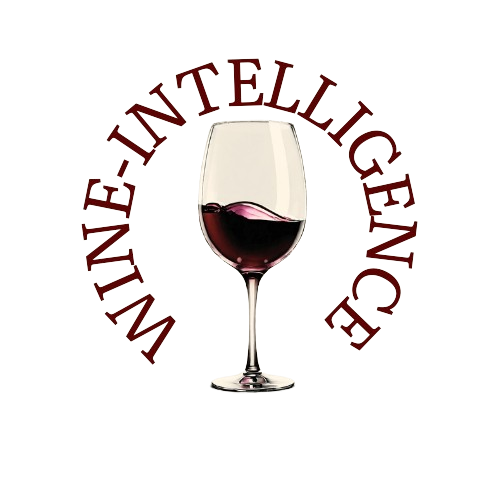In a rapidly shifting global beverage landscape, artificial intelligence is taking center stage in flavor innovation.
The consultancy firm GlobalData, through its AI platform Ai Palette, has released a report spotlighting six standout ingredients poised to revolutionize the alcoholic beverage market by 2025. The study, titled "Emerging Flavors & Ingredients in Alcoholic Beverages", is based on the analysis of over 61 billion data points gathered in real time from social media, e-commerce platforms, and restaurant menus around the world.
Utilizing its proprietary Foresight Engine, Ai Palette identified one high-potential ingredient for each of six key global markets. These ingredients are already appearing in limited-edition and specialty beverage launches and reflect growing consumer interest in unique flavors, functional benefits, and premium positioning.
A Global Flavor Forecast: Ingredients to Watch
United Kingdom: Tahini in Stouts
Once relegated to the culinary world, tahini is making its way into the stout segment. With its creamy texture, earthy bitterness, and neutral tone, tahini can enhance body and flavor complexity. It offers an innovative twist to darker beer styles, as previously seen in Rogue Ales & Spirits’ 2022 collaboration with Honey Mama’s.
India: White Pepper’s Warming Kick
White pepper is gaining traction in the Indian market, not just for its heat but for its woody aroma and pairing versatility with peach, caramel, and even tropical notes. Though often used subtly, it provides depth and boldness in spirits and flavored beers alike.
United States: Valencia Orange Takes the Stage
Valencia orange, with its bright, sweet-tart flavor and regional appeal, is finding favor in sweet wines, ciders, and craft beers. It lends a familiar yet premium edge when combined with vanilla or honey, enhancing seasonal and dessert-style offerings.
South Africa: Olive-Infused Innovation
The olive is emerging as an unconventional yet effective flavoring agent. Its natural bitterness, earthy undertones, and health associations (like digestive support and beneficial fats) align with clean-label and wellness trends that are reshaping the industry.
Asia-Pacific and Middle East: Roselle Hibiscus Reigns
The vivid roselle hibiscus, long prized in herbal infusions, is being adopted for its floral flavor, vibrant color, and functional benefits. With strong appeal among health-conscious and younger drinkers, it’s well-positioned for use in low-alcohol and botanical-forward drinks.
Australia & UK: The Rise of Caviar Lemon (Finger Lime)
Native to Australia, the caviar lemon, or finger lime, offers a burst of citrus pearls with tangy brightness and visual flair. It's already featured in gins and vodkas, where its exotic nature adds a layer of sophistication and novelty.
Health Meets Hedonism: Why These Ingredients Matter
According to Alice Popple-Connelly, consumer analyst at GlobalData, the alcoholic beverage sector is navigating turbulent waters—declining per-capita consumption due to health concerns, growing competition from non-alcoholic options, and international tariffs that challenge trade flows, especially into the U.S. She explains that flavor innovation is one of the most effective strategies to retain consumer interest, appeal to younger demographics, and create standout moments across both on-premises and at-home consumption.
The report classifies these six ingredients as “high-growth” and “high-engagement”, meaning they not only show strong market performance but also generate significant buzz and interest online. Beyond spotlighting individual ingredients, the study offers pairing suggestions and application ideas for beverage producers seeking inspiration for the next big thing.
What's Next: Opportunity for Product Development
GlobalData’s findings indicate a ripe opportunity for cross-category innovation and the creation of value-added alcoholic beverages. Whether by emphasizing local sourcing, superfood appeal, or exotic sensory experiences, these ingredients can help brands differentiate themselves in a competitive landscape.
With AI and consumer insights converging, the future of flavor in alcoholic beverages looks both dynamic and data-driven. Brands willing to experiment with these trends may find themselves ahead of the curve—meeting the demands of modern drinkers with adventurous palates and mindful preferences.
Source: Vinetur

